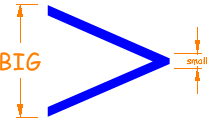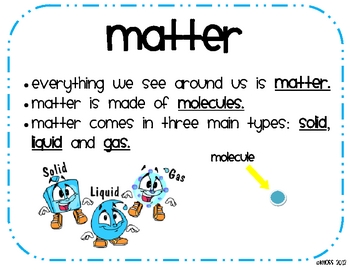Comparing Numbers
We have been comparing numbers in class using symbols and place value.


| = |
When two values are equal,
we use the "equals" sign | example: 2+2 = 4 |
| < |
When one value is smaller than another,
we can use a "less than" sign. | example: 3 < 5 |
| > |
When one value is bigger than another,
we can use a "greater than" sign | example: 9 > 6 |
Less Than and Greater Than
The "less than" sign and the "greater than" sign look like a "V" on its side, don't they?
To remember which way around the "<" and ">" signs go, just remember:
- BIG > small
- small < BIG
The "small" end always points to the smaller number, like this:

Greater Than Symbol: BIG > small
We use place value to help us compare numbers. We always look at the largest PLACE VALUE to determine which digit in the largest place value is larger or smaller. If the digits are the same, we move to the next place value. We continue this until we determine whether the numbers are greater than, less than, or equal to each other.
Here are a couple of videos that explain the process:
Study Jams Ordering Whole Numbers
Study Jams Number Lines
Study Jams Ordering Whole Numbers
Study Jams Number Lines
Here are some fun games that have you practicing these skills (be sure to click on the higher levels for the larger numbers):













